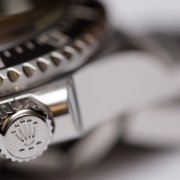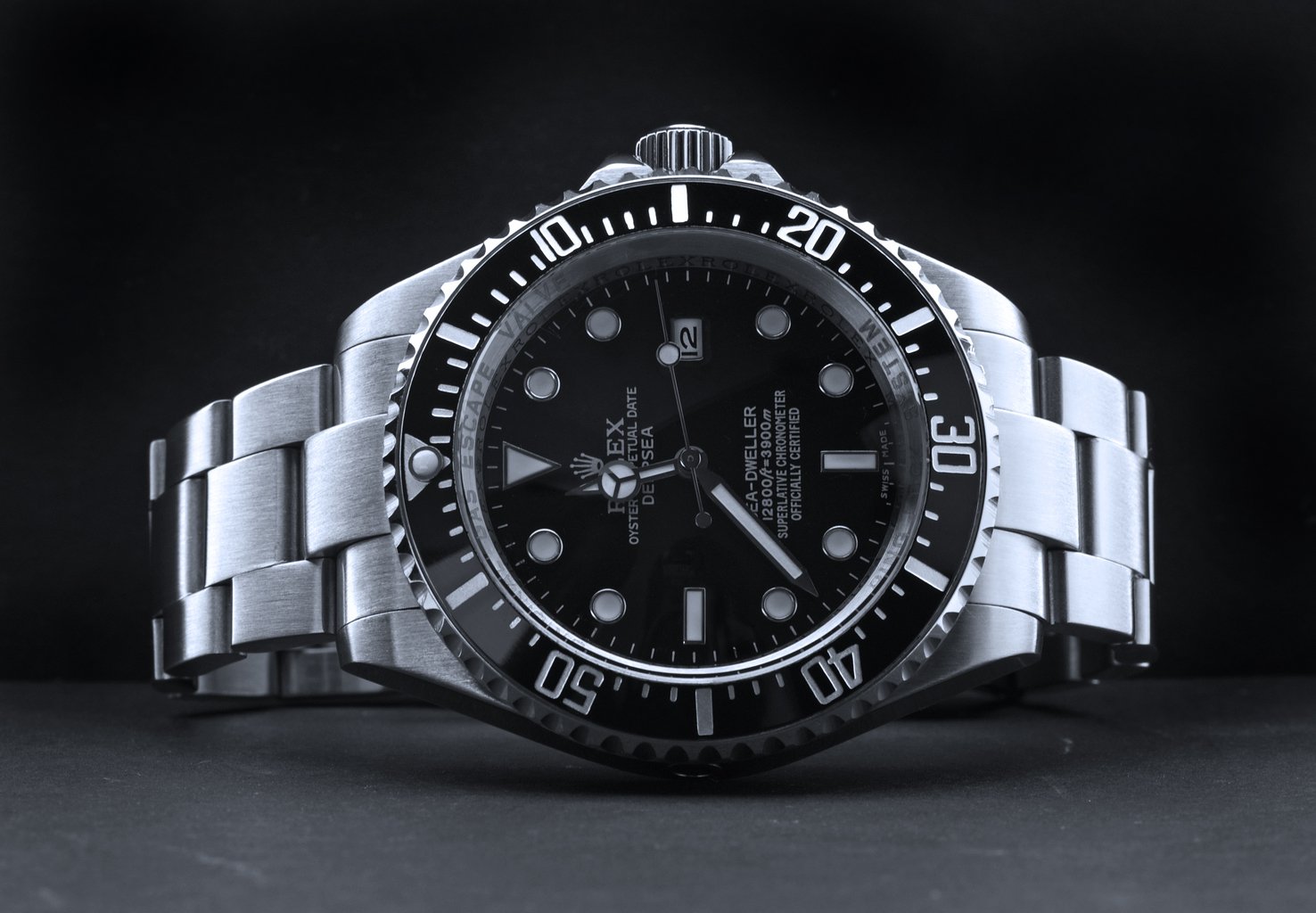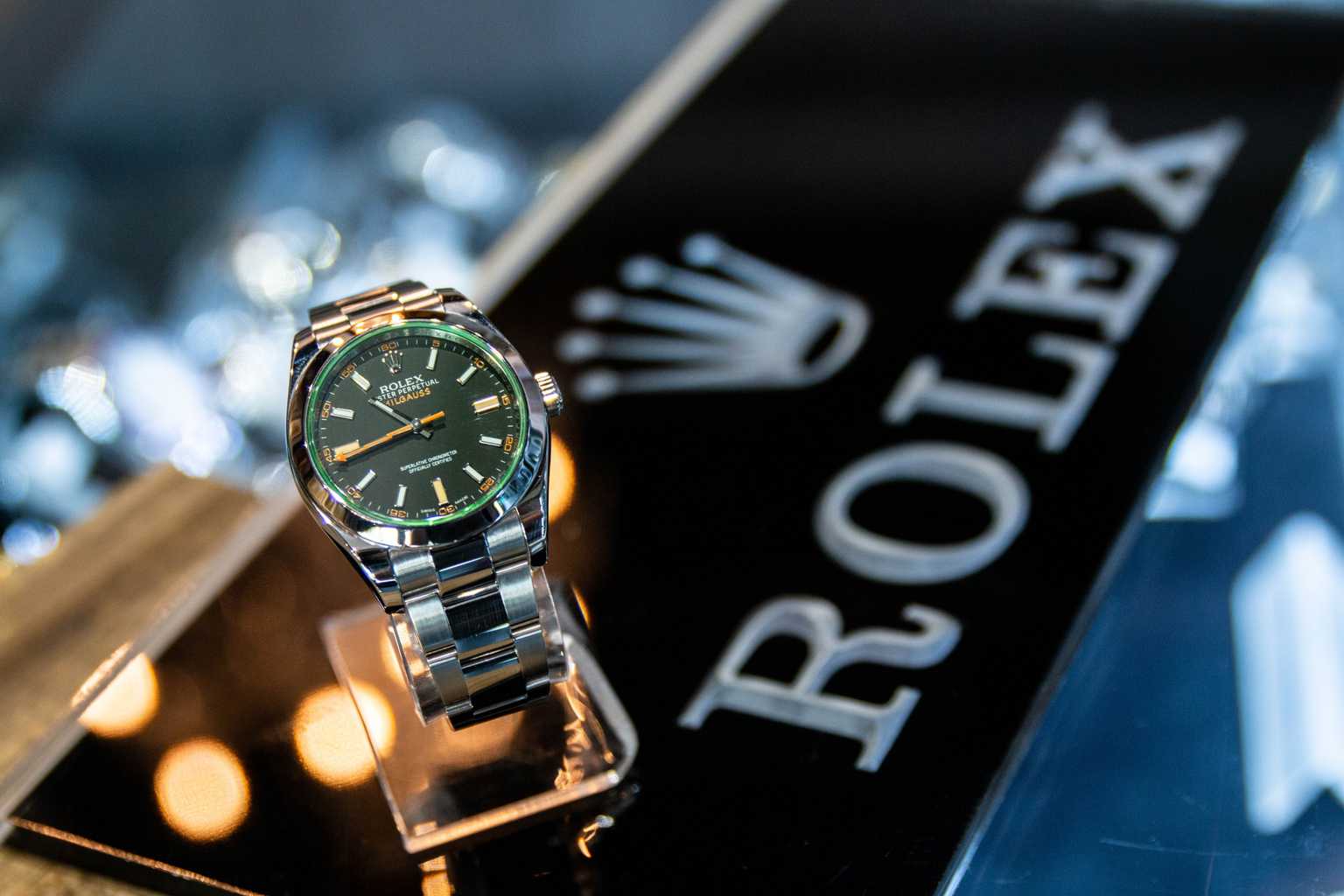How is Gold Tested?
Before approaching your local reseller or gold buyer with gold and jewelry wares, it’s important to know exactly how the value of your items will be calculated. Becoming a more informed buyer will prevent you from being ripped off by untrustworthy businesses and ensure that you get the best price for your items. While it’s hard to attain the same knowledge as an experienced gemologist or appraiser, this article will give you some insight into how gold is tested and valued on the resale market so that you can get the maximum cash for your gold.
Figures to Know
There are three figures you need to know in order to calculate the value of your gold accurately: the weight of the gold in troy ounces, the purity of the gold in karats, and the current gold spot price. The gold spot price is the price for one troy ounce of pure, 24-karat gold at that time. The spot price can vary day to day, and minute to minute.
Troy Ounces
Precious metals like gold are weighed in ounces. However, they are not weighed by the standard ounce (28.3 grams). Instead, they are weighed in a unit of mass used in the precious metals industry called the troy ounce. The troy ounce is equal to 31.1 grams, 9% more than a standard ounce. When weighing gold, it is essential that it is weighed as accurately as possible in order to get the best estimate of value. Our scales at Watch & Wares are certified by Orange County Field of Weight & Measure to ensure that all measurements are accurate to the industry standard.
Purity
Everyone’s heard the phrase 24-karat gold. But what exactly does that mean? 24-karat gold is the purest form of gold available on the market. Gold, especially in jewelry, is rarely 100% pure gold because it would be too soft to shape. Instead, it is often mixed with other metals such as zinc that result in a lower karat alloy more suitable for making jewelry. To calculate the purity of your gold for market value, first find out how many karats your piece is and divide that number by 24. If your item is 14-karat gold, for example, you would divide that number by 24 to get the figure 0.583. That means that your jewelry piece is 58.3% pure gold. The higher the percentage of gold in your item, the higher the value of your piece will be.
The Formula
Although gold jewelry and accessories will vary in price based on style, brand, condition, and a number of other factors, a formula can generally be used to calculate the price of the raw gold itself. This formula is (spot price / 31.1) x purity in decimals x weight of the item in grams. So, for example, if you had 1 gram of 14-karat gold, and the current spot price was $1300, you could calculate the value of that gold by doing the following calculation: (1300 / 31.1) x 0.583 x 1 = $24.37.
However, as stated, this value only applies to the gold itself, not the overall item or piece of jewelry. For full appraisals, visit a reputable jeweler or pawnbroker and have your item evaluated. Here at Watch & Wares, we always offer a fair and honest price to customers. Call us at (714) 633-2030 or come into one of our stores to get cash for your gold today!






